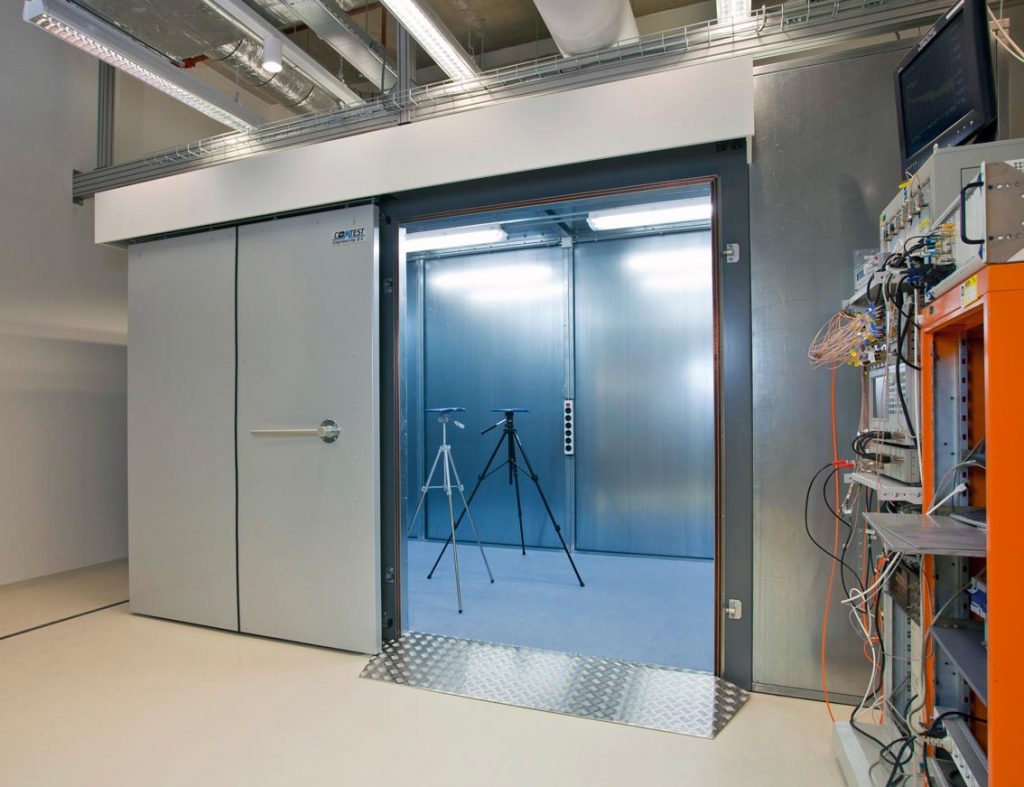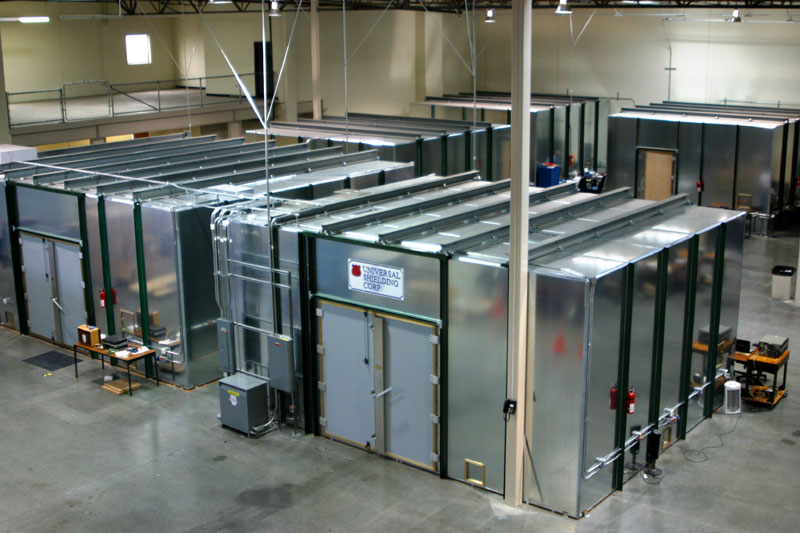From medical to software research and from electronics repair to creating platforms for secured communication facility, RFI shielded rooms can play host to numerous requirements. Too much vibration and electromagnetic interference can disturb the flow of complex research processes, be it on medical, electrical, or chemical sector. Environmental electromagnetic pollution can affect critical research measurements. Shielded rooms can provide a controlled platform where research and testing is possible without interference. Let us have a look at the design plan and benefits of using rooms that bring RFI shielding solutions.

Describing the Design Plan: Galvanized steel and copper are used as the material for this room. These materials ensure durability of the room while maintaining performance level. By using copper mesh, this room can be the best platform for testing electronic devices such as computer equipment, two-way-radios, automotive components, and the likes. The panels for the room are made of galvanized steel to make the enclosed space radio silent. The rooms can use either of the material (copper or galvanized steel) more than the other one for development, depending on their research requirements. Steel rooms use steel plated wood panels on all surfaces while copper rooms use a mesh design that are attached to the frame. A metal frame borders the floor and countersunk screws are used to keep the area stable and smooth. The rooms can even have plasterboard walls and suspended ceiling. Anti-static floor tiles or wood with vinyl topping can be used as floors.
Door Construction of RFI Shielded Rooms: Design and development of RFI shielded rooms ensure attenuation of magnetic field interruption and vibration. To complete the process, these rooms need a door. The doors are lined with beryllium copper. The higher the EMI in the selected area, the more beryllium copper should be used on the door. The closure seal on the doors are actually concealed finger stock, which reduces the chances of damage to the door and the hinges. Doors can be equipped with a three point latching system. Users can implement doorsill equipment ramps to keep the doors stable and protect them from damage.
Benefits of Selecting Shielded Rooms: Although copper frame and galvanized steel RFI shielded rooms address the many requirements of medical, technological, electronics, and similar sectors, their usage benefits differ in few cases. As we have explained, the variation in their development and design depends on their duties and research requirements. Here are some of the benefits:
Copper Screen RFI Shielded Rooms: This particular kind of shielded room offers solutions to research and development labs, cell phone repair operations, wireless development labs, neuroscience laboratories; electronics repair room, software development lab, EMC test labs, and more. Its benefits include:
-
Easy ventilation
-
Easy communication (through the copper mesh)
-
Provision for fire sprinkler implementation
-
Benefit of visual surveillance
Galvanized Wall RFI Shielded Rooms: This RFI shielded room can be a great help as ammunition storage room, research and development lab, electronics repair room, MRI room, CAT and CT scanner rooms, software development lab, wireless development lab, Electromyography (EMG) laboratory, and the likes. Here are a few of its benefits:
-
Complete isolation for research perfection
-
Attenuation of ambient interference
-
Easily compliant with military and government standards
-
Complete security assurance
-
Ventilation facilities can be added
In the modern world, where there is no way to escape electronic devices and gadgets, RFI shielding has become indispensible. A shielded room can be an important aspect of your research and development activities, offering you the interference protection that your project needs. However, you do need to choose the material carefully depending upon the benefits and the end result that you are looking for.

























